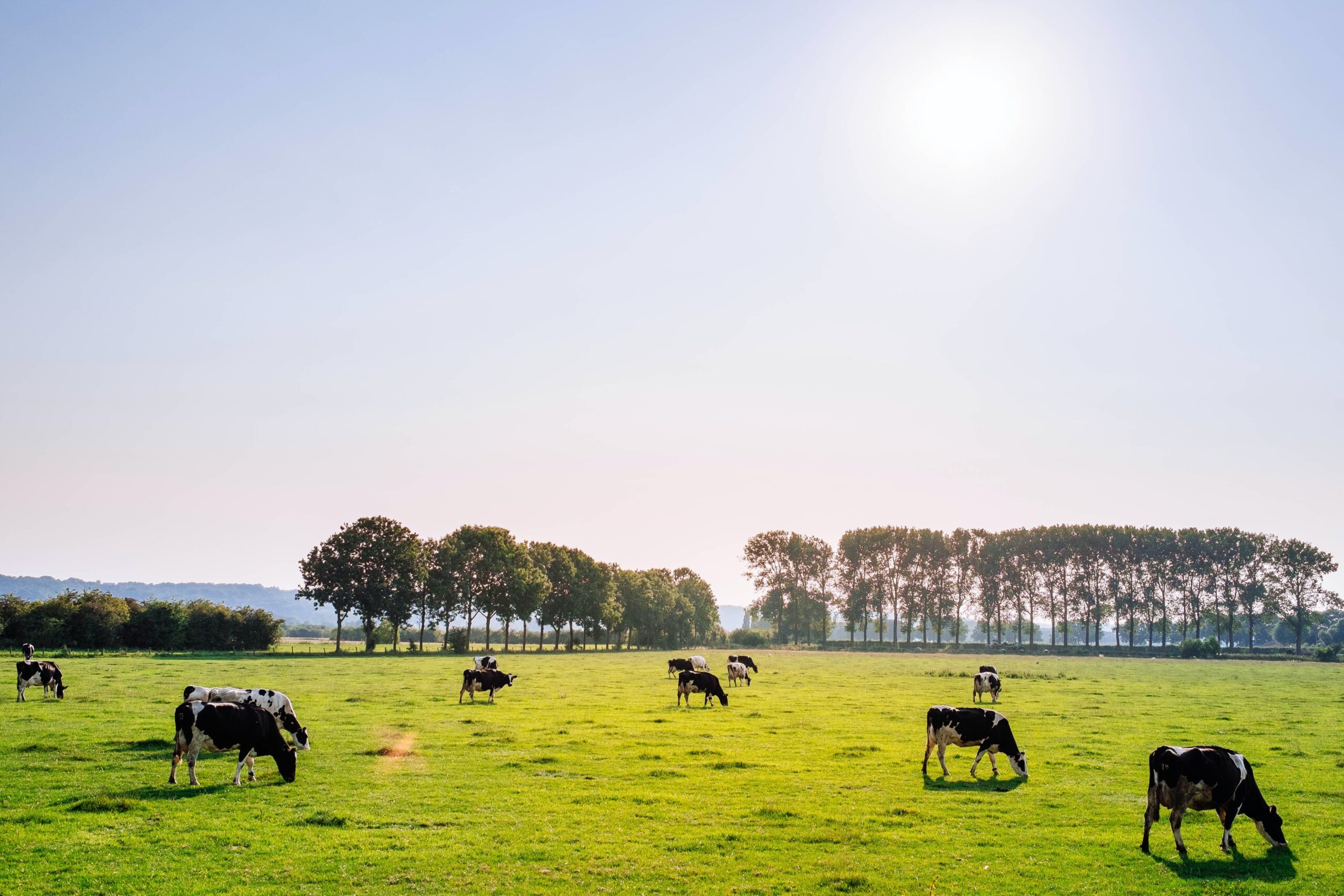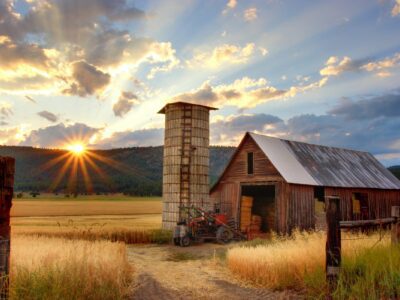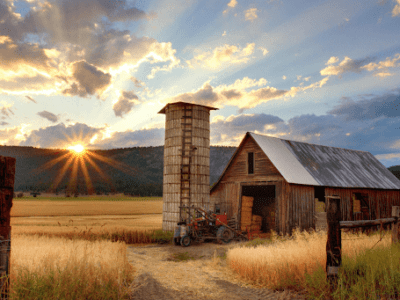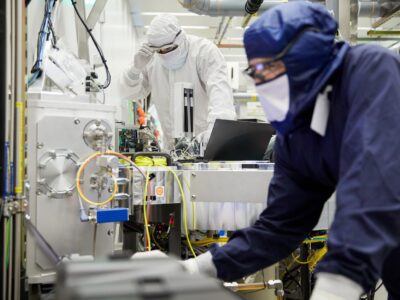Here’s something you might not know about Florida: It’s home to about 125,000 dairy cows that produced more than 2.3 billion pounds of milk last year, putting it 20th among U.S. states in total milk production. That might come as a surprise to folks who normally associate the Sunshine State with beaches, golf courses, orange groves, and Disneyworld. But Florida is also making its mark in the dairy industry as it looks to meet the rising demand from a rapidly expanding population.
If you need a crash course on the state’s dairy industry, a good place to start is with the cows themselves. Most of Florida’s dairy cows are Holsteins – the black and white ones – and most dairy herds range from 150 to 5,000 cows. Each Florida dairy cow produces about six to eight gallons of milk each day and is milked two-three times daily, according to Florida Dairy Farmers, a farmer-funded organization. This kind of production requires a large animal, and dairy cows qualify. They average around 1,400 pounds – roughly the same size as a mature male polar bear.
Dairy farms are spread throughout Florida. The two leading dairy-producing counties are Lafayette County in the north-central part of the state and Okeechobee County in the southeast. Florida’s dairy farms are mainly operated by second and third-generation farmers. Although there are fewer dairy farms now than there used to be, the farms that currently operate have more cows and higher production capabilities than in the past.
There’s a large and growing market for all that milk. Florida is the nation’s third-largest state by population with about 22 million residents, trailing only California and Texas. It’s also among the fastest-growing states thanks to its warm weather and comparatively low cost of living (no income tax helps as well).
According to some accounts, Florida was the first state where cattle were introduced in the United States. That happened in 1521 when the explorer Ponce de Leon brought Spanish cattle on his expedition. The history of U.S. milk dates to 1611 in Jamestown, Va. Today, the U.S. produces around 220 billion pounds of milk a year. The top dairy state is California, which produced 40.4 billion gallons of milk in 2019, according to Beef2Live.
Dairy industry leaders tout milk’s health benefits as a key selling point. Milk contains essential nutrients such as protein, calcium, and vitamin D, which help build and repair muscle tissue and bones and contribute to healthier skin and eyes. Milk is also a good source of B vitamins, which help your body convert food into fuel. The list of B vitamins found in milk includes the following:
- Vitamin B12
- Riboflavin (vitamin B2)
- Pantothenic acid (vitamin B5)
- Niacin (vitamin B3)
Meanwhile, the dairy industry continues to make strides toward more sustainability through increasingly modern and innovative practices. The non-profit National Dairy Council notes that the environmental impact of producing a gallon of milk today requires 30% less water, 21% less land, 21% less manure, and a 19% smaller carbon footprint than it did in 2007.
Two years ago the Innovation Center for U.S. Dairy convened industry leaders to establish the U.S. Dairy Stewardship Commitment, which documents progress in areas such as animal care, environmental stewardship, product quality and safety, workforce development, and community contributions. In terms of sustainability, the industry has laid out several 2050 goals designed to reduce dairy’s carbon footprint. These include the following:
- Become carbon neutral or better: Improved production techniques, manure management, and energy efficiency are the keys to reaching this goal.
- Optimize water use while maximizing recycling: One way dairy farmers and businesses can reach this benchmark is to reuse water whenever possible.
- Improve water quality by optimizing utilization of manure and nutrients: This mainly means improving manure/nutrient management, soil health, and water quality.
Florida dairy farmers are doing their part on a number of fronts. Some farmers are using air-filtration systems in barns and odor-reducing additives in manure-storage facilities to improve air quality. Others are producing alternative energy by deploying methane digesters, which use manure to generate electricity. To ensure that there’s enough clean water, Florida’s dairy industry also encourages proper recycling of cow manure to protect nearby lakes, rivers, and streams.





